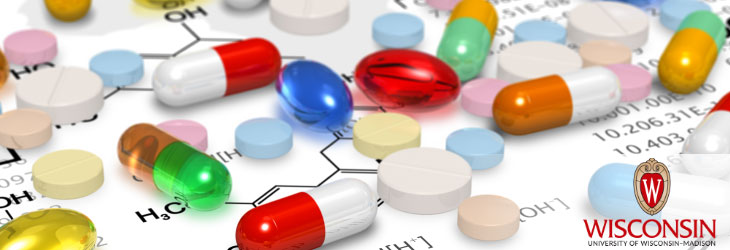
UW-Madison researchers along with collaborators engineered a multimodal nanocluster drug delivery particle for treating restenosis. The researchers formed the nanocluster by self-assembly of H40-polylactide (H40-PLA-OH)-based unimolecular nanoparticles surface coated with platelet membrane, specifically tailoring these particles for precision drug delivery in endovascular applications. More specifically, the particle incorporates the combined merits of a platelet membrane coating (lesion targetability and biocompatibility), a reactive oxygen species (ROS)-detonable “cluster-bomb” chemistry (to trigger the large-to-small size transition at the target site, thereby achieving longer circulation time and higher tissue penetration), and sustained drug release.
Using RVX-208 (an emerging anti-restenotic drug under clinical trials) as the model payload, the researchers demonstrated the superior performances of the nanocluster over conventional poly(lactic-co-glycolic acid) (PLGA) nanoparticle. In cultured vascular smooth muscle cell (VSMC), the drug-loaded nanocluster induced effective inhibition of proliferation and protective gene expression (e.g., APOA-I) with a significantly reduced dosage of RVX-208 (1 μM). In a rat model of balloon angioplasty, intravenous injection of Cy5.5-tagged nanocluster led to greater lesion targetability, improved biodistribution, and provided deeper penetration into injured vessel walls featuring enriched ROS. Moreover, in contrast to either free drug solution or a drug-loaded PLGA nanoparticle formulation, a single injection with the drug-loaded nanocluster (10 mg/kg of RVX-208) was sufficient to substantially mitigate restenosis.